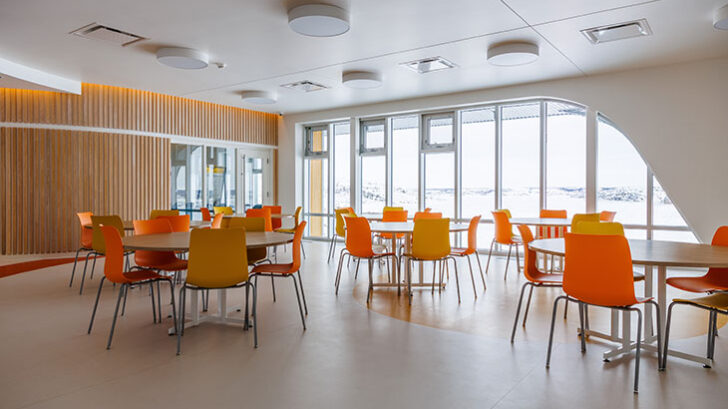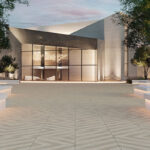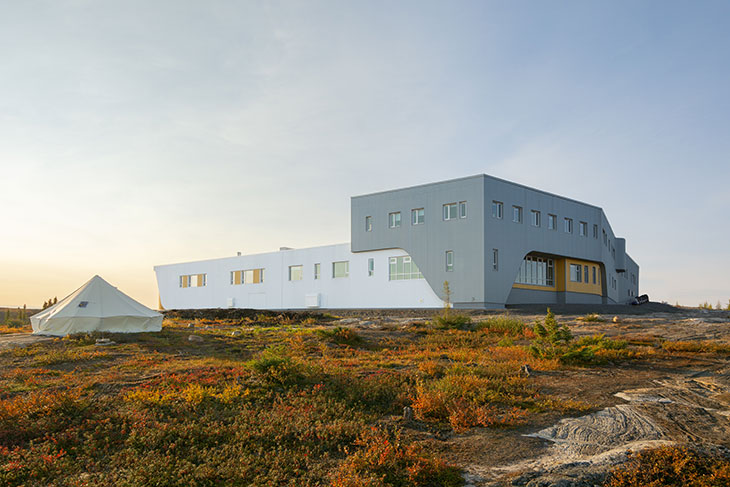
EVOQ Architecture‘s recent unveiling of the Isuarsivik Regional Recovery Centre marks a significant milestone in architecture’s role in healing, particularly in the context of addressing substance use and trauma among the Inuit communities of Nunavik. Since its establishment in 1994, the Centre has been a vital source of specialized support for individuals grappling with alcohol and drug addiction. The new facility, designed to triple the capacity of its predecessor, not only expands its reach but also introduces innovative healing programs for families and pregnant women, reflecting a collective commitment to fostering wellness among Nunavimmiut.
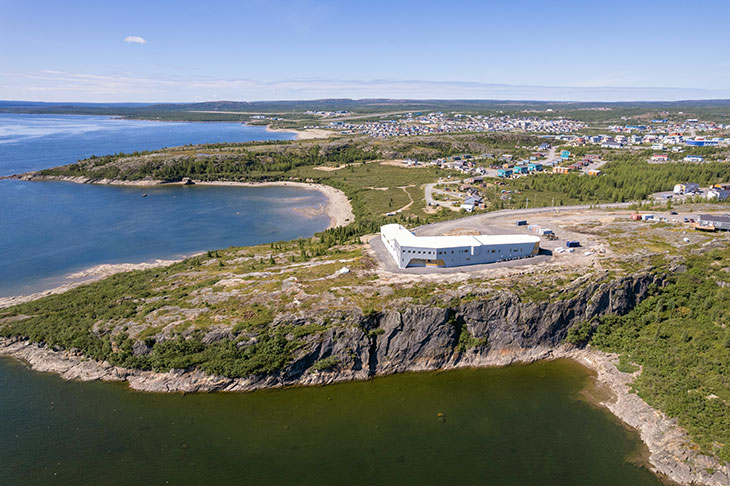
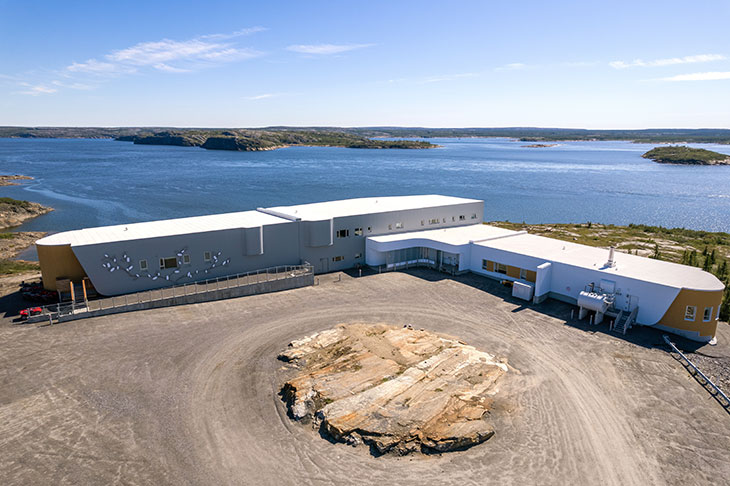
Situated on a picturesque peninsula overlooking the Koksoak River in Kuujjuaq, the design of the new centre harmoniously integrates with the natural landscape, embodying a philosophy that views nature as a fundamental element in the healing process. Drawing inspiration from Inuit culture and traditions, the architecture emphasizes communal spaces and embraces elements like the urpik branches, symbolic of the region’s flora and heritage. At the heart of the centre lies the qaggiq, a modern interpretation of the traditional Inuit communal igloo, serving as a gathering place and focal point for communal activities, highlighting the importance of community in the healing journey.
The interior design of the centre reflects the vibrant hues of Nunavik’s fall foliage, infusing warmth and vitality into the therapeutic environment. Simultaneously, the exterior pays homage to the arctic willow, with muted cladding echoing the organic textures of nature. Integral to the architectural narrative are the artworks seamlessly integrated throughout the facility, each telling a story of cultural resilience and expression. From Alec Gordon‘s reinterpretation of the urpik on the main facade to Sarah May‘s intricate Tunniit adorning various spaces, these pieces celebrate the Inuit heritage and identity.
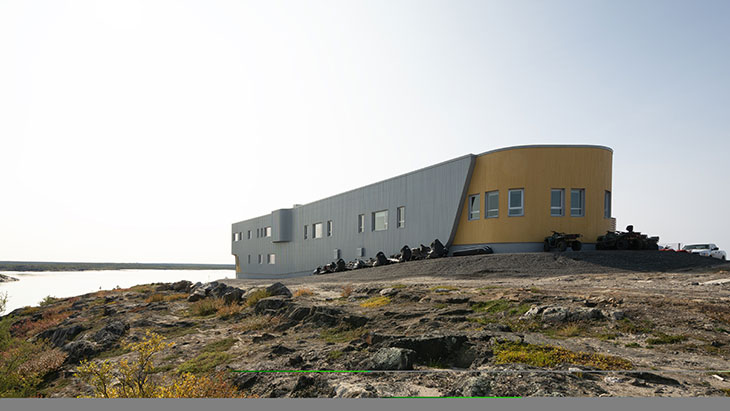
One standout artwork at the Isuarsivik Regional Recovery Centre is the qullialuk sculpture. This monumental representation of the traditional Inuit oil lamp is prominently positioned at the entrance, serving as a symbolic beacon of guidance and hope for all who enter. Crafted through a collaborative effort involving multiple local artists, including Mattiusi Iyaituk and Benjamin Isaac, this sculpture embodies the spirit of collective healing and community solidarity. By incorporating such artworks into the architectural fabric, the Isuarsivik Regional Recovery Centre transcends its function as a treatment facility, becoming a testament to the transformative power of architecture in fostering healing, cultural preservation, and holistic well-being.
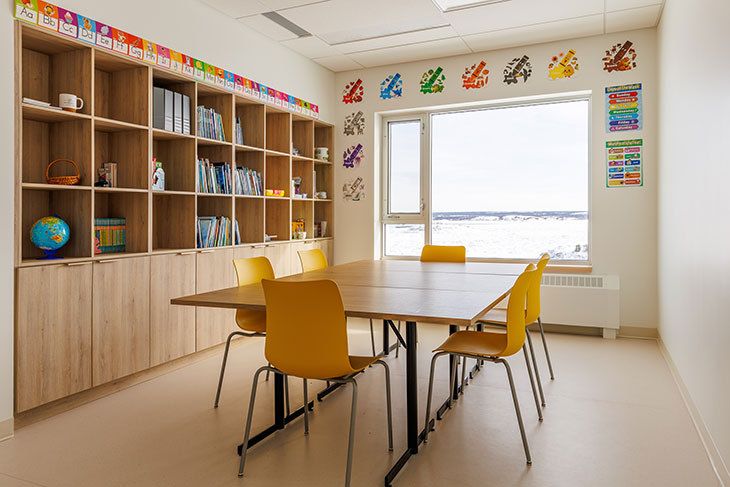
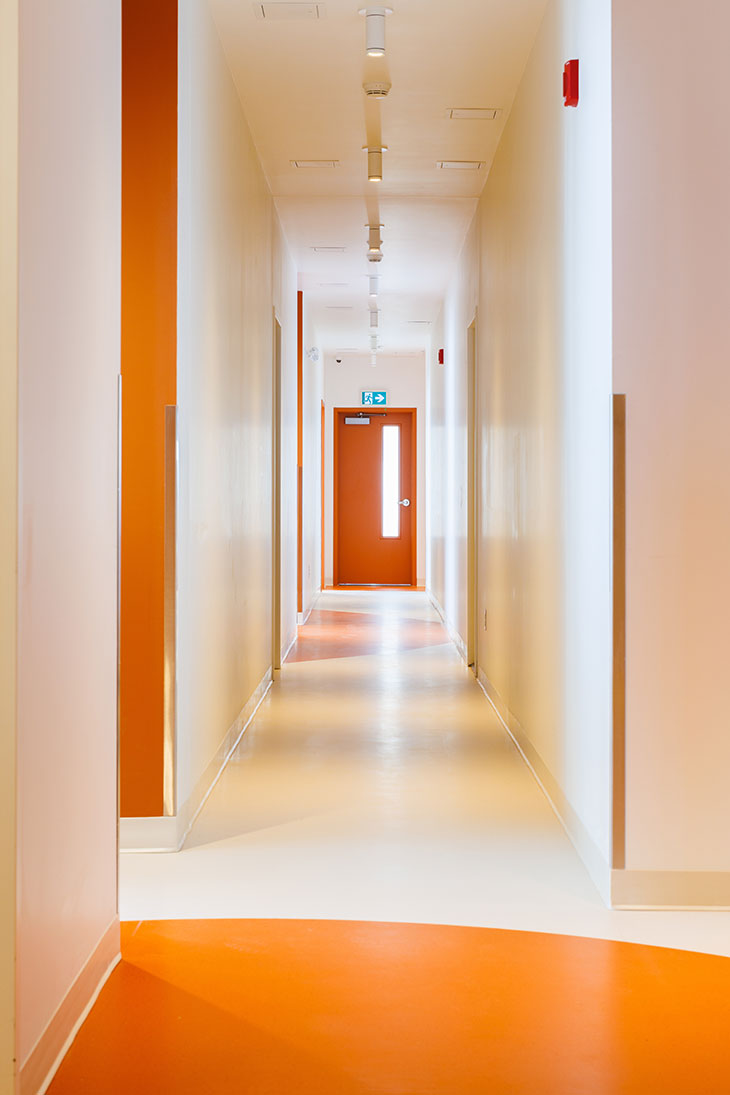
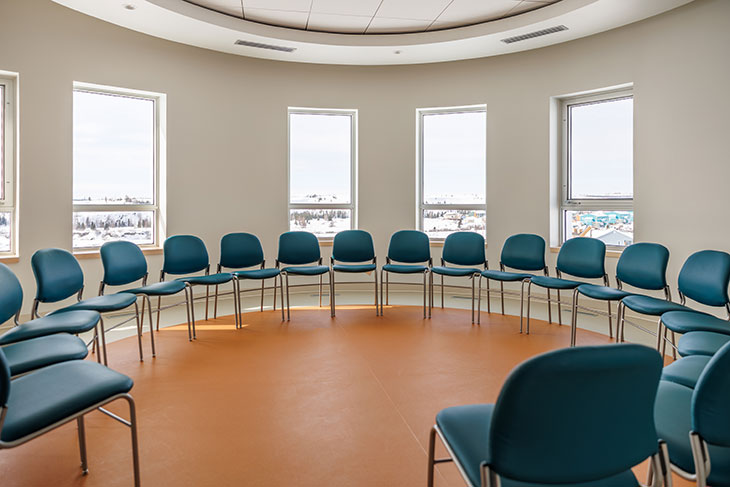
Inaugurated in September 2023, the Isuarsivik Regional Recovery Centre stands as a testament to the enduring partnership between architecture and healing, offering a sanctuary of hope and renewal for generations to come. As the Centre continues to serve as an symbol of resilience and empowerment, its innovative design and cultural integration serve as a blueprint for future architectural endeavors seeking to create spaces that prioritize healing, connection, and community empowerment.
